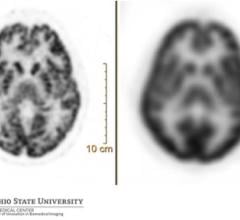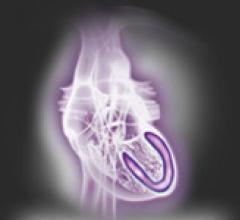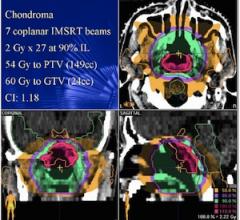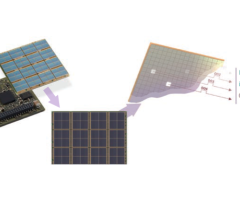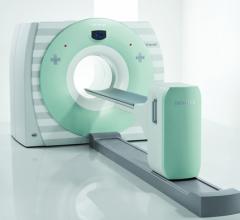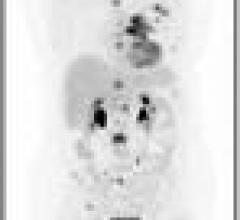August 13, 2010 - In an effort to help customers increase utilization, while reducing scheduled downtime for planned ...
PET Imaging
Positron emission tomography (PET) is a nuclear imaging technology (also referred to as molecular imaging) that enables visualization of metabolic processes in the body. The basics of PET imaging is that the technique detects pairs of gamma rays emitted indirectly by a positron-emitting radionuclide (also called radiopharmaceuticals, radionuclides or radiotracer). The tracer is injected into a vein on a biologically active molecule, usually a sugar that is used for cellular energy. PET systems have sensitive detector panels to capture gamma ray emissions from inside the body and use software to plot to triangulate the source of the emissions, creating 3-D computed tomography images of the tracer concentrations within the body.
August 6, 2010 - This week, the National Institutes of Health (NIH) issued a $228,458 grant to improve the clinical ...
August 3, 2010 — New cancer-specific imaging compounds may help enhance the imaging capabilities of positron emission ...
Digital technology is opening remarkable opportunities for clinical positron emission tomography (PET) about which ...
Siemens showcased multiple technologies and software solutions at SNM 2010, all designed to increase patient safety and ...
July 23, 2010 – A new research and development center for medical imaging systems recently opened at University ...
July 16, 2010 – High demand has led Positron Corp. to increase production of Attrius positron emission tomography (PET) ...
Precision can have an enormous impact on patients. From diagnosis to patient monitoring (see “How Digital PET/CT Can ...
July 9, 2010 – Lantheus Medical Imaging Inc. announced this week that it has signed a new manufacturing and supply ...
July 7, 2010 – The U.S. Food and Drug Administration (FDA) has granted Medrad Inc. clearance to market the Medrad Intego ...
June 14, 2010 – A radio tracer is quickly gaining popularity among cardiologists in the United States. Bracco ...
PET is getting ready to venture outside oncology, cardiology and mainstream neurology. High on the list of new clinical ...
June 8, 2010 - A multitracer molecular imaging technique using positron emission tomography (PET) provides detailed ...
June 8, 2010 - A breakthrough in hybrid medical imaging that will provide data for advancing diagnosis of neurological ...
June 8, 2010 – A recent study found a potential new molecular imaging agent combined with post-scan image processing ...
Analog is approximate. Digital is specific. Therein lies the fundamental difference between digital PET and its analog ...
June 7, 2010 – A program proactively monitors molecular imaging system performance online and in real-time to help ...
In these challenging economic times, hospitals are seeking to maximize their investment in technology. To justify ...
June 3, 2010 - Positron emission tomography (PET) combined with computed tomography colonography (CTC) may provide a ...
June 2, 2010 - TU Delft and Molecular Imaging Labs (MI Labs) have succeeded in combining two forms of medical imaging ...
May 25, 2010 - Whether detecting cancer, heart or brain imaging, renal exams or bone scans, physicians must be able to ...
May 20, 2010 – A new partnership enables data communication between Medrad's Intego positron emission tomography (PET) ...
May 12, 2010 - Positron emission mammography (PEM) may reduce unnecessary breast biopsies, according to new data from an ...
May 11, 2010 - An aggressive weekly preoperative regimen of positron emission tomography (PET) significantly improved ...


 August 13, 2010
August 13, 2010 

